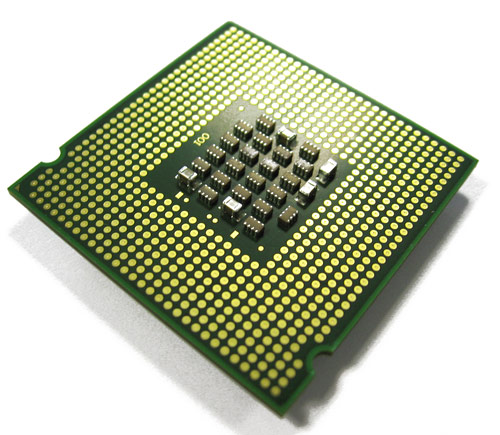Seems every week theres some sensationalist rant written on famous real (or digital) paper. So its refreshingly surprising to actually see a level headed written account of the current market dynamics... yes.. you can put the pitch forks down.
Its written by none other than OHara, one of the leading academics on market micro structure. She makes some great sound bites for example, HFT`s can be good and bad, shock horror I know... and that a (another) transactional tax will do nothing to reign in these evil computers.
The paper is primarily about how markets have fundamentally changed at the microstructure level, without the usual ranting on the usual negative results.
Whats changed is there`s a new layer of indirection when interacting with the market and/or interpreting market data thats based on a the venues pricing structure, order/cancel/match/trade processes and speed. Its new because thats where the algos live (and die) and her point is the academic community is analyzing the algo`s activity like it was human activity, when infact they should be trying to decode what their human overlords programmed them to do.
All of this is old news for those of us in the trenches yet someone needs to crunch it down into a 1000 word article without the jargon and published in the New York Times perhaps with the title
"The old Stock Market is dead... Jim, it got smarter"
In anycase, here`s the link

